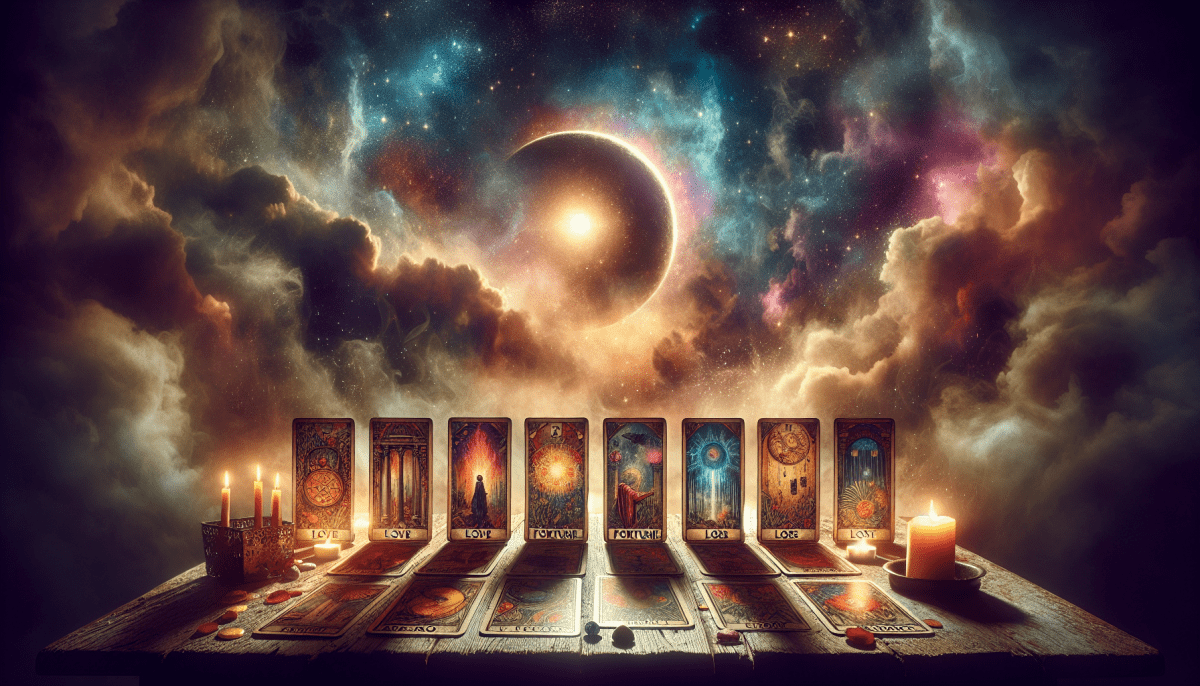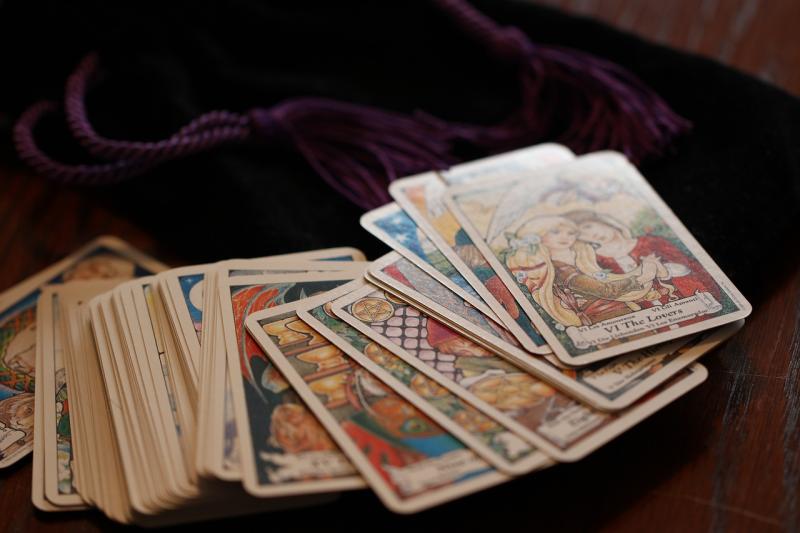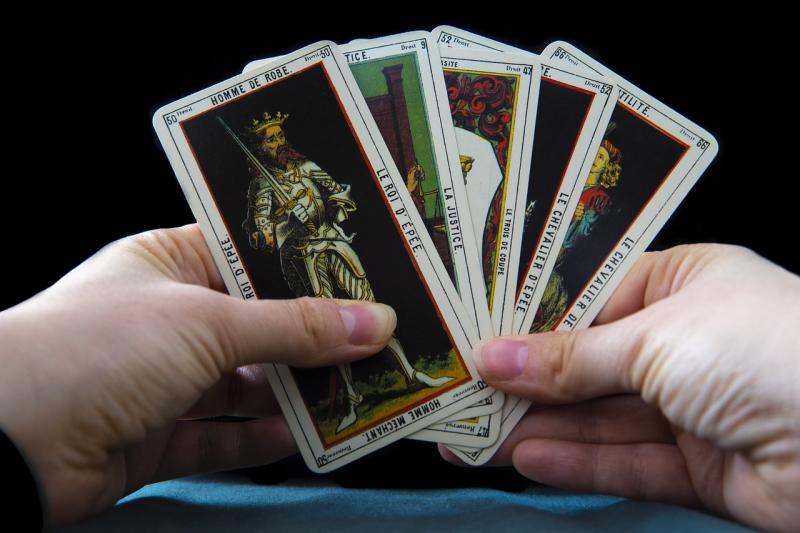Tarot cards have an intriguing history that goes way back to the 15th century. They started out as simple playing cards in Europe, mainly for games like tarocchi, a popular card game in Italy. They weren’t used for divination or fortune-telling until many years later. This shift began in the 18th century when people started to explore their mystical side.
It’s fascinating how Tarot cards transformed over the years. In the beginning, they were just another deck used for entertainment. The iconic imagery that we associate with Tarot today, like the Fool, the Magician, and the High Priestess, developed as artists got creative and infused their own styles and symbolism into the cards. This artistic flair added layers of meaning and sparked interest in their spiritual potential.
The connection to mysticism really took off with folks like Antoine Court de Gébelin in the late 1700s. He claimed Tarot had ancient Egyptian origins and was tied to mystical wisdom. This idea caught on, and suddenly, Tarot was seen as a tool for personal insight and guidance. The symbolism of the cards was linked to different aspects of life and the universe, making them a popular choice for those looking to explore their subconscious.
Today, Tarot cards are used in various ways by people all over the world. Some folks use them for spiritual growth, while others enjoy them for a fun twist in parties or as a creative outlet. The original playing cards have morphed into a rich tapestry of art, intuition, and personal exploration. It's a vibrant community buzzing with excitement about what the cards can reveal about our lives.
How Tarot Spread Across Europe
Tarot cards have a fascinating journey across Europe that really shows how versatile and captivating they are. It all started in the 15th century in Italy, where the earliest decks were created for games and entertainment. These decks featured beautiful illustrations that caught people’s attention, and soon enough, they became more than just a pastime. The rich images and symbols drew people into a more profound experience of reflection and insight.
As the idea of Tarot spread, different countries began to put their own spin on the cards. In France, tarot became a tool for fortune-telling and spiritual guidance. The famous Tarot de Marseille, with its striking artwork, gained popularity and remains influential even today. This transition from a gaming tool to a mystical one marked a significant moment in Tarot’s history.
By the 18th and 19th centuries, Tarot cards were everywhere! They made their way to Spain, Germany, and even England. Many people began to study Tarot as a part of the growing interest in mysticism and the occult. This period gave rise to unique decks and systems of interpretation, making Tarot an even richer tradition.
Modern Tarot decks continue to evolve, with artists and creators bringing fresh perspectives. While the core is still rooted in those early designs, today’s decks reflect diverse cultures and ideas, inviting everyone to connect with their intuitive side. Whether you're drawn to the whimsical art or the spiritual journey, there's a Tarot deck out there just for you.
The Meaning Behind Tarot Symbols
Tarot cards are rich with symbols that tell stories and reveal deeper meanings. Each card isn’t just a pretty picture; it holds wisdom from ages past. Let’s dive into what some of these symbols really mean and how they resonate in our lives today.
The Fool, for example, is often depicted as a carefree traveler standing on the edge of a cliff. This symbol represents new beginnings, adventures, and taking leaps of faith. When you pull The Fool, it’s like the universe is nudging you to embrace change and explore new opportunities without fear.
On the flip side, The Tower is a more intense symbol. It often shows a tall tower being struck by lightning, with people falling from it. This card signifies sudden upheaval and the breaking down of old structures. But don’t worry! It’s also about liberation and clearing out the old to make way for something new and powerful.
Then there’s The Empress, a card filled with lush imagery. She symbolizes abundance, creativity, and nurturing energy. Think of her as a reminder to connect with nature and embrace your instincts. When she appears, it often means that growth and fertility—whether in relationships, projects, or personal development—are on the horizon.
Modern Uses of Tarot Today
Tarot cards have come a long way since their origins in the 15th century. Today, they’re much more than just cards for games. People use them for guidance, self-reflection, and even decision-making. Whether you’re a believer in mysticism or just curious, Tarot has something to offer everyone.
Many folks turn to Tarot for insights into their personal lives. Each card holds its own meaning, and together, they can reveal patterns in your behavior, desires, and fears. If you’re facing a tough choice or feeling stuck, a Tarot reading can help shine a light on the options available to you. It's like having a chat with your intuition, giving you clarity and direction.
Tarot isn’t just a solitary practice. It’s become a social activity too! Many people gather with friends for Tarot parties or workshops. Sharing readings and discussing interpretations can deepen connections and spark meaningful conversations. Plus, it’s a fun way to learn more about yourself and those close to you.
In addition to personal growth, Tarot has made its way into the business world. Entrepreneurs use Tarot to guide their decisions and spark creativity. Whether launching a new product or navigating challenges, Tarot can provide fresh perspectives that you might not have considered. It's an interesting blend of intuition and strategy.



